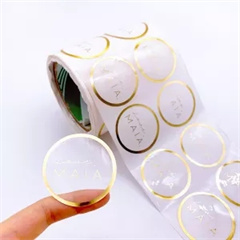Polyvinyl chloride (PVC) is a widely used plastic material that has raised environmental concerns due to its production, use, and disposal. Here are some of the key environmental concerns associated with PVC:
- Toxic Chemicals in Production: PVC is produced using chlorine gas, which can release toxic dioxins and other harmful chemicals into the environment during manufacturing. Dioxins are highly persistent organic pollutants that can accumulate in the food chain and have adverse health effects on humans and wildlife.
- Energy Intensive: PVC production is energy-intensive, requiring the extraction and processing of raw materials, such as petroleum and salt. This contributes to greenhouse gas emissions and puts additional pressure on non-renewable energy resources.
- Additives: PVC often requires the addition of various chemicals and additives, such as plasticizers, stabilizers, and flame retardants, which can be hazardous to human health and the environment. These chemicals can leach from PVC products over time, leading to pollution.
- Disposal: PVC is not easily biodegradable and can persist in the environment for extended periods. When PVC products are incinerated, they can release toxic emissions, including chlorine gas and dioxins. When disposed of in landfills, PVC can leach harmful chemicals into the surrounding soil and water.
- Recycling Challenges: While PVC is technically recyclable, it is often challenging to recycle due to the variety of additives used in its production. As a result, a significant amount of PVC ends up in landfills or is incinerated.
- Alternative Materials: Concerns about PVC have led to the development of alternative materials, such as bio-based plastics and more environmentally friendly polymers, which may have lower environmental impacts.
To address these environmental concerns, various strategies can be implemented:
- Reducing PVC Use: Minimize the use of PVC in products and applications where alternatives are available and more environmentally friendly.
- Recycling and Responsible Disposal: Encourage the recycling of PVC products and ensure responsible disposal methods. Promote the use of PVC recycling programs and facilities.
- Substitute Hazardous Additives: Develop and use PVC formulations that reduce or eliminate hazardous additives, such as phthalates and lead-based stabilizers.
- Energy Efficiency: Promote energy-efficient manufacturing processes and technologies for PVC production to reduce energy consumption and emissions.
- Regulation and Standards: Governments can impose stricter regulations on PVC production and use, setting limits on emissions and the use of hazardous additives.
- Research and Development: Invest in research and development of more sustainable alternatives to PVC and explore ways to make PVC production and use more environmentally friendly.
- Consumer Awareness: Educate consumers about the environmental impacts of PVC and promote sustainable choices when selecting products.
Ultimately, addressing environmental concerns related to PVC requires a combination of regulatory action, technological innovation, responsible manufacturing practices, and informed consumer choices. Transitioning to more sustainable materials and practices can help mitigate the negative environmental impacts associated with PVC.








